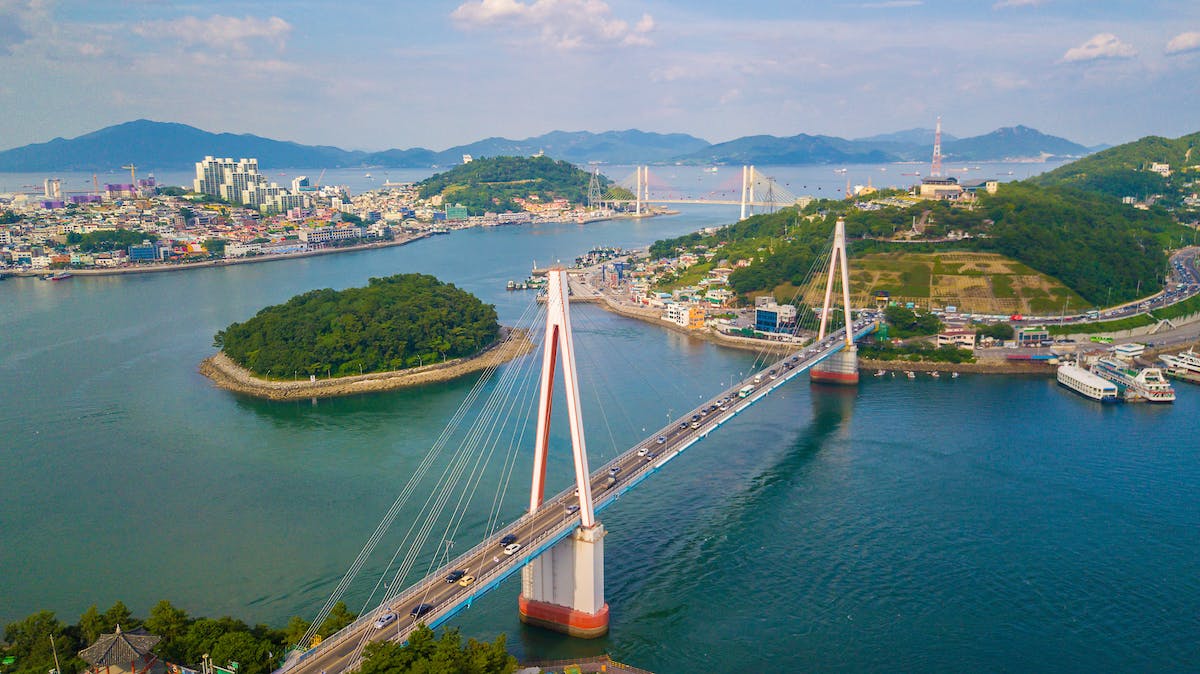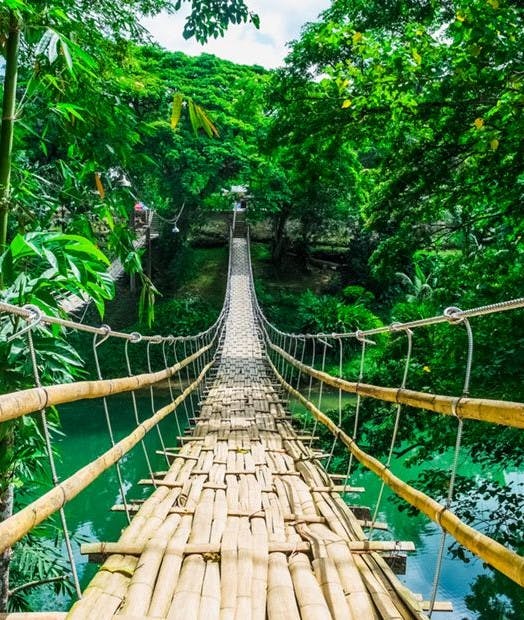Things to Do in Korea: Discover Yeosu’s Turtles, Temples and Tasty Treats
In Yeosu, there are turtles everywhere. Some appear out of the blue, as small carvings tucked into small shrines under twisted evergreen trees; others show up as larger stone sculptures standing guard over the hundreds of steps that lead me, twisting, up the side of the forested mountain. The closer I get to the actual temple, the more turtles I see, and the bigger they are — some of them forming the base of larger gravestones and ancient memorials. Looking for turtles can be among visitors’ favorite things to do in Korea.
In South Korea — like much of Asia — the turtle is a rich and meaningful symbol. In Buddhism, turtles do not merely signify longevity, but point to the idea of eternity and the continuation of life. In the older Vedic tradition, the entire universe is carried on the back of a turtle, and in Taoism, turtles represent the overlapping of the cosmos with Earth and mankind. Telling fortunes with empty turtle shells is an old Korean tradition, and even today, a good luck ritual is to purchase small turtles and release them back into the wild as a sign of rebirth and renewal.
Just as the small turtle is a big symbol in Korea, the smaller, lesser-known port city of Yeosu stands out as a national symbol of strength and resilience for the whole country. Set amidst a stunning coastline, little Yeosu remains at the epicenter of Korean history, from some of its earliest temples to its hyper-contemporary architecture and unique attractions today. Whether you’re a nature lover, foodie or history buff, the attractions of Yeosu are always worth discovering.
A nature hike to Hyangiram Temple
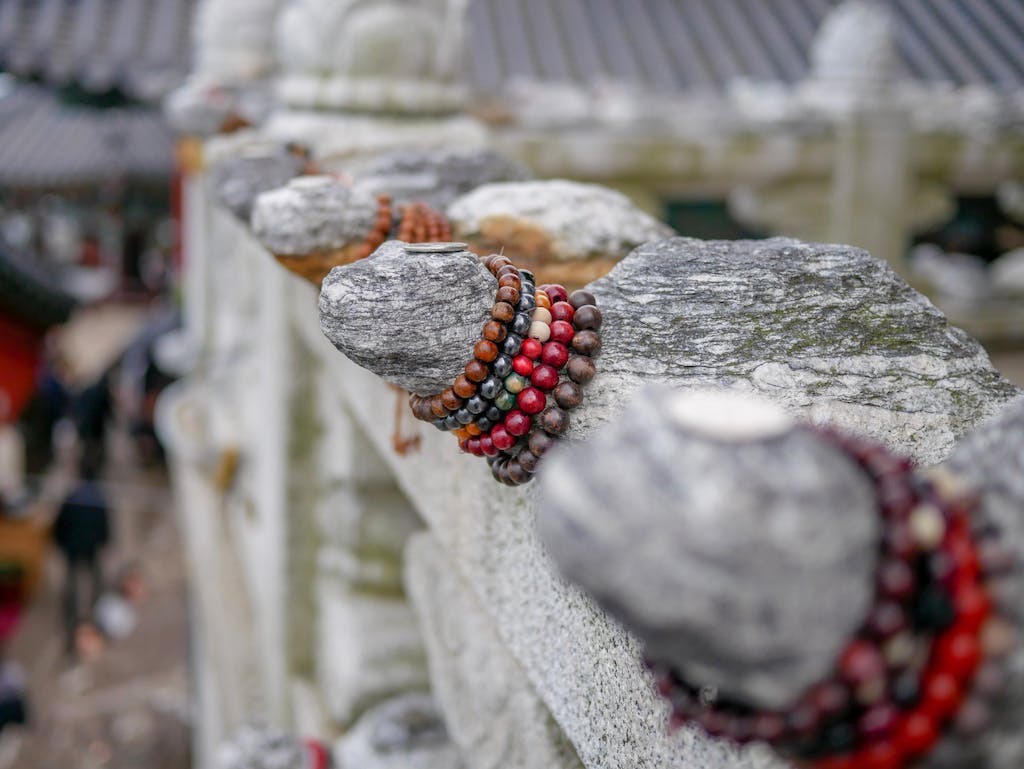
This idea of a turtle’s slow and steady progression through eternity is mimicked in my unique hike from the rocky shoreline up to the mighty sea cliffs of Dolsando Island. My path to the ancient Buddhist temple is neither straight nor simple — rather, it’s an adventure of tight turns and switchbacks, rolling ascents and cavernous passages, rising up through the natural world and slithering sideways between massive slabs of stone. Ancient weathered red pines grow up around the trail, as small shrines pop up in front of me, along with more and more turtles, with so many shiny coins tossed onto the turtles’ backs and heads, and prayer beads wrapped around the turtles’ necks.
Arriving at the steep and forested mountainside perch of Hyangiram, the temple hits me with a dash of color: deep crimson red, bright turquoise and sunny yellow. Bright repeating patterns dazzle the eye with stunning contrast, so that compared to the surrounding pine trees and grey stone, Hyangiram sprouts from the cliff like a bouquet of flowers and fireworks. The ornately painted roof beams and ceiling is a chiefly Korean style known as dancheong, which represents the ultimate and universal truth that transcends enlightenment.
Like life, good travel emphasizes the journey over the destination. Visiting Hyangiram Temple is like that, hiking upwards, careening almost towards the end goal of the beautiful complex full of ancient buildings. The historic site was founded in the 7th century by Won Hyo, a rather unconventional Buddhist monk who taught a form of mindfulness that is still studied in Korea today. Rejecting classical monastic life, Won Hyo pursued the life of a street philosopher who taught everyday village people through songs and dances. Even today, Won Hyo is revered as a humble boddhisatva and one of the premier Korean scholars on Buddhism.
The annual Hyangiram Sunrise Festival occurs on New Year’s Day. Yeosu tradition is to make the twisted climb up to the temple in time to catch the very first ray of sunshine on the very first day of the year. At the edge of the temple courtyard, I can see across the massive ocean and think of Won Hyo, who often compared the human mind to the vast emptiness of the ocean.
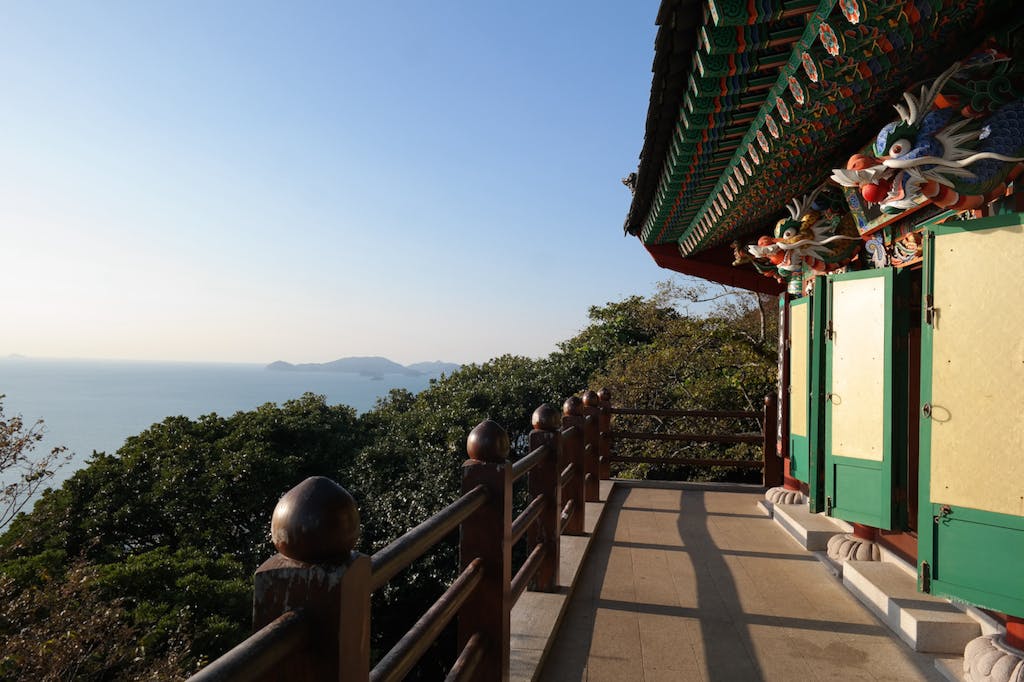
An amazing maze of islands
Yet the ocean around Yeosu is far from empty. Over 300 tiny islands comprise the mountainous archipelago on Korea’s southern coastline, resembling emeralds dropped onto a silvery glass mirror. Not surprising, some of the islands (like Geumodo) resemble the shape of a turtle. For all of its obscure beauty, Hyangiram Temple is barely a speck at the top of Dolsando Island, which along with other islands forms part of Dadohaehaesang, Korea’s largest national park.
Beyond breathtaking, Dadohaehaesang National Park resembles a floating mountain range that becomes even more ethereal in the misty hours of sunrise and sunset, when the many silhouetted islands seem to overlap into infinity. The wondrous geography of the place sets Yeosu apart from the rest of Korea.
The great maze of island mountains surrounds the gleaming seaside resort town that is “small” by Korean standards, with its 300,000 residents scattered across a plethora of neighborhoods, ports, and suburbs linked together by bridges, ferries and fishing boats. Like double arrows pointing skyward, the Dolsan Bridge links Dolsando Island to the main city. For an even more dramatic view, you can ride the all-glass “crystal car” over the immense water that forms the center of life and culture in Yeosu.
Indeed, Yeosu takes pride in the way it bridges water and land, the natural world with the man-made, the past and present. A visit to the space-age Yeosu Aquarium carries me through glass tunnels where sharks, rays and sea turtles swim overhead. Sea life and seafood define Yeosu to such a degree that the Yeosu fish market is a must-see and a must-taste. Outside the busy market is a parade of small sit-down restaurants that serve local delicacies, like crab legs marinated in soy sauce (served with kimchi and mustard leaves) and my favorite, translucent slices of fresh raw fish wrapped in fresh lettuce and dribbled in chili sauce (divine).
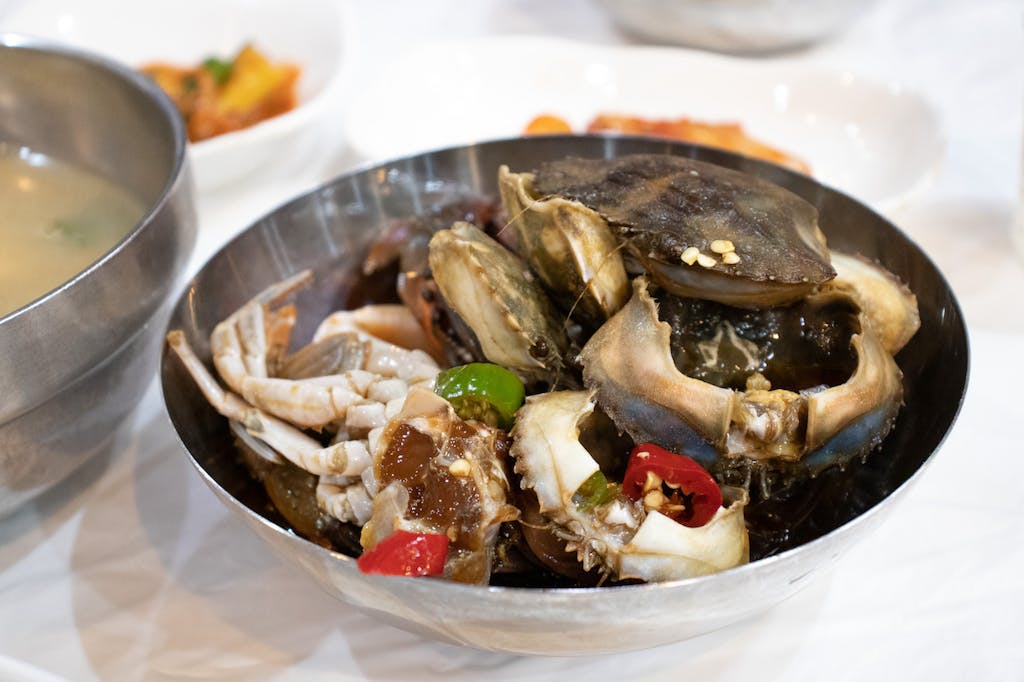
A nod to history
But Yeosu is far more than old Buddhist temples, pretty views, cable cars and good food. For Koreans, Yeosu marks a decisive moment in the nation’s long and patriotic history. Going all the way back to the 16th century, Korea’s Joseon Dynasty faced increasing threats from invading Japanese navies. Among the hide-and-seek landscape of Yeosu, Admiral Yi Sun Sin prepared to defend his homeland by building an armada of warships … inspired by turtles! Just like a real-life turtle, Admiral Yi’s Geobukseon (literally “turtle ship”) was shielded in hexagonal iron plates, making it almost impenetrable by enemy cannons. The turtle ship also came with an intimidating dragon’s head, with open jaws from which a working canon could spit fire, explosives and cannonballs. Propelled by a giant sail and pulled by 80 oarsmen, the turtle ship could speed through the waters around Yeosu much faster than many of the ships in the day.
Admiral Yi’s foresight and the turtle ship’s dexterity was proven during the Battle of Angolpo (1592), when the Korean navy lured the enemy’s navy out to sea and then closed in around them. Still remembered as a great hero, Admiral Yi and his turtle ship destroyed 100 Japanese ships that day, ultimately saving the Joseon Dynasty. (For an excellent retelling of the famous battle, watch the action movie “Roaring Currents.”)
Today, Yeosu remembers the decisive battle with an impressive full-scale replica of the 16th century Geobukseon, open to the public. Touring the turtle ship in person is moving, not only for the important history it represents, but also for the strong symbolism of the animal that inspired it. Visiting it is one of the more unique things to do in Korea.
Like the great wooden ship, turtles may appear old and slow, but in water they are strong, smart and swim fast. Above all, turtles live a very long time, which is why, in Yeosu, I see turtles everywhere.
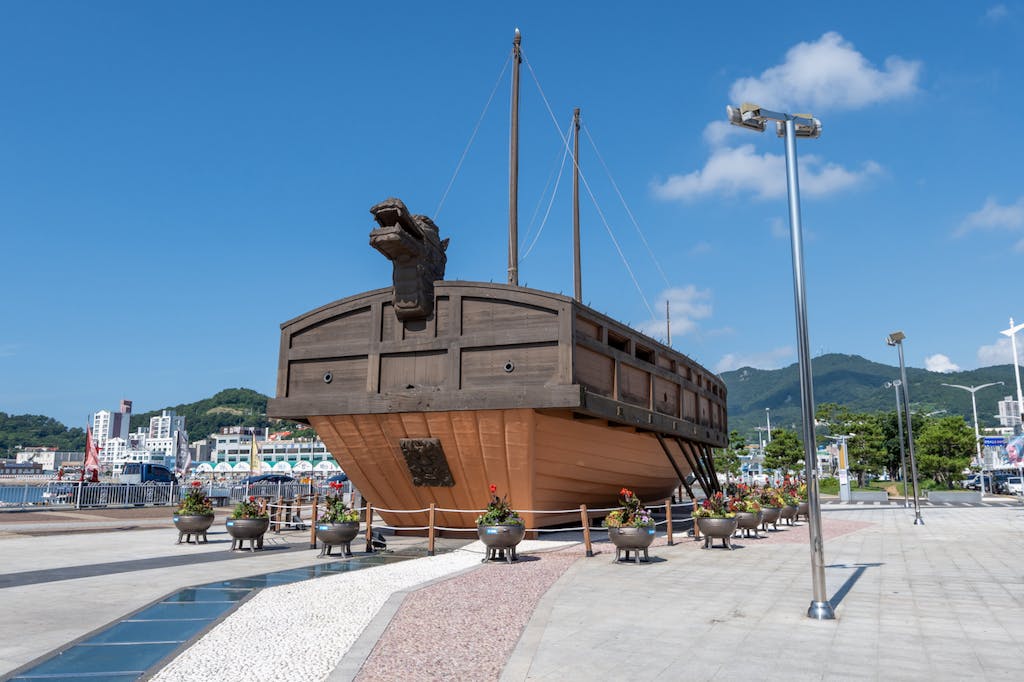
Are you ready to look for turtles while visiting Korea? Find a cruise here.
Silversea Cruises’ story on Yeosu was created as part of a content partnership with the Korea Tourism Organization, NY.




